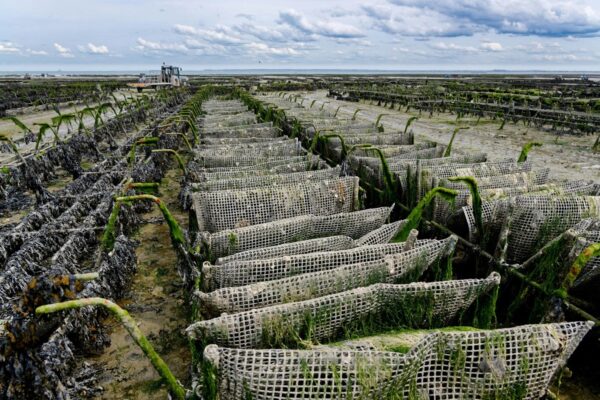A 2022 study by Seafish and AFBI exploring water quality improvement by bivalve aquaculture (blue mussels, Pacific and Native oysters, Manila clams) in the UK was published early September 2024. The work titled “Ecosystem Services of Commercially Important Bivalves
in the UK: Nutrient removal services” was supported by Longline Environment Ltd and the Fishmonger’s Company.
Initial Key Questions
- What is the capacity of the UK bivalve sector to remove nitrogen naturally?
- What are the potential financial savings from this nitrogen removal?
Researchers conducted elemental analysis to measure nitrogen and carbon levels in blue mussels, Pacific oysters, Native oysters, and Manila clams, as part of the GAIN project with AFBI.
Each species has unique elemental compositions influenced by farming methods. Using the FARM model from Longline Environment Ltd., bivalve nitrogen removal was estimated. Finally, the results were scaled nationally using 2019 production data from the Centre for Environment, Fisheries, and Aquaculture Science (CEFAS).
Ecosystem services results
Based on the 2019 bivalve production data, Seafish estimated the UK bivalve industry removed between 126 and 362 tonnes of nitrogen with blue mussels being the main contributors, removing over 92% of the total nitrogen removed by shellfish.
Scotland and England were the top regions for nitrogen removal. In England and Scotland, bivalve harvests could offset a significant portion of industrial nitrogen sources. These results translate to tangible water quality improvements.
Researchers calculated the value of bivalve nitrogen removal, comparing it to methods like wastewater treatment, stormwater control, and catchment management. Estimated national savings in the UK range from £7 million to £106 million annually, depending on the scenario. In areas facing eutrophication risks, additional savings could reach £3.2 million. Similar studies, such as those from Solent and Chesapeake Bay, highlight the significant financial benefits of using bivalves for nutrient management globally.
Investing in bivalve aquaculture presents economic incentives and encourages continued research. It is stated that bivalve aquaculture can improve water quality and offers potential cost savings of £7 to £21 million annually (compared to traditional chemical and mechanical methods).
